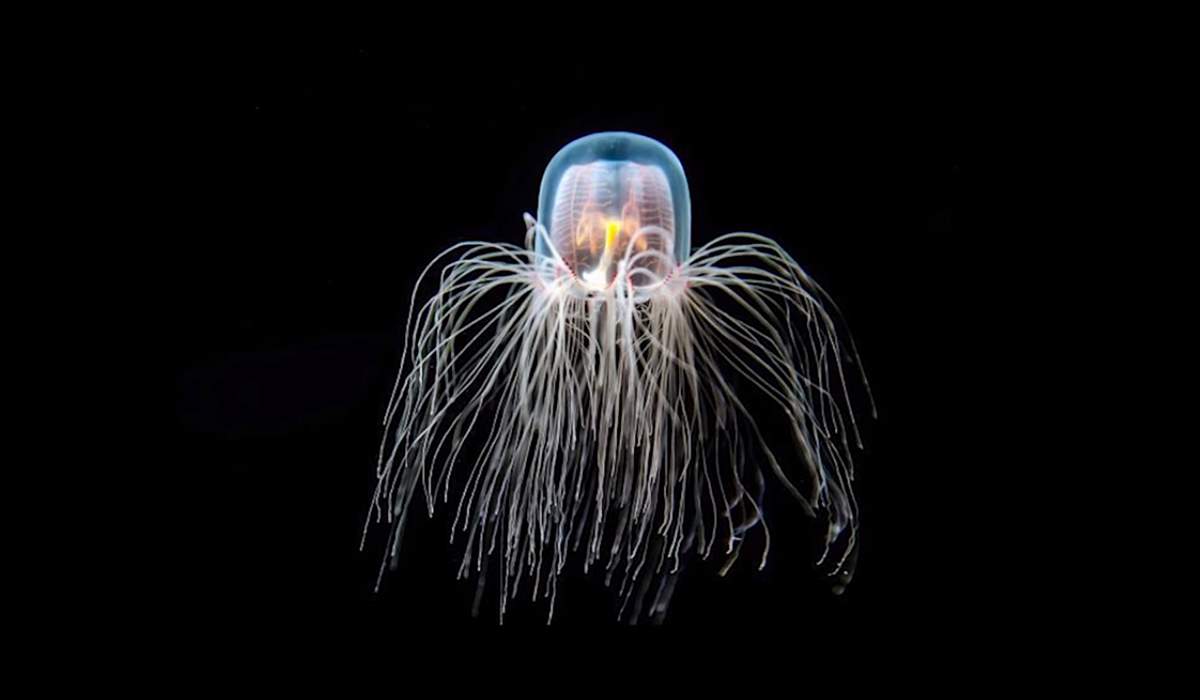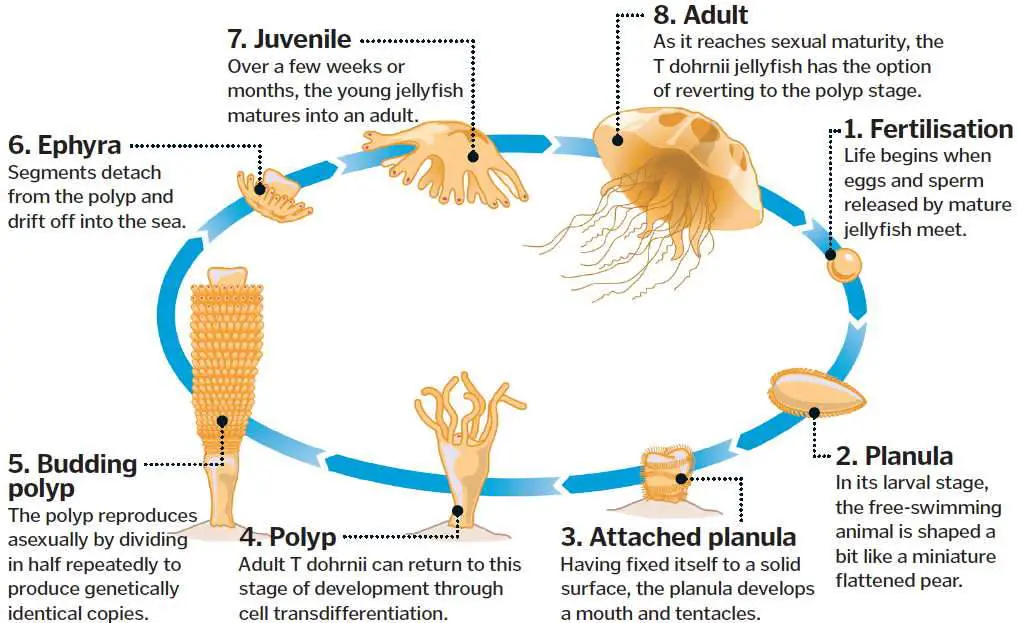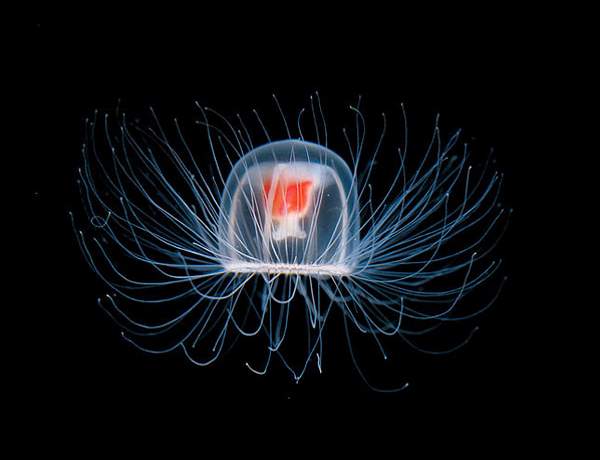Would you like to have the ability to transform back to a younger version of yourself? Meet Immortal Jellyfish (scientific name: Turritopsis
One of the most amazing and incredible organisms living in the oceans is the Turritopsis
The thing that makes this strange, almost alien-like creature so incredible is that it is biologically immortal. It’s the only known animal capable of reverting completely to a sexually immature, colonial stage after having reached sexual maturity as a solitary individual.
It can

Life Cycle and Reproduction of the Immortal Jellyfish
Most jellyfish species have a relatively fixed life-span, which varies by species from hours to many months. But Turritopsis
- Fertilization. The life of immortal jellyfish begins when eggs and sperm released by mature jellyfish meet.
- Planula. In its larval stage (its larva called a planula), it is shaped a bit like a miniaturized and flattened bean.
- Attached planula. The planula settles on a solid surface on the seafloor and develops a mouth and tiny tentacles.
- Polyp. It then grows into a cylindrical colony of polyps. An adult Turritopsis
dohrnii can return to this stage of development through cell transdifferentiation (see notes 1). - Buddying Polyp. The polyp reproduces asexually by dividing in half repeatedly to produce genetically identical copies.
- Ephyra. Segments detach from the polyp and drift off into the sea.
- Juvenile. Over a few weeks or months, the young jellyfish matures into an adult.
- Adult. As it reaches sexual maturity, the T.
dohrnii has the option of reverting back to the polyp stage (#4), instead of dying! When they become threatened by a physical injury or even starvation, they can transform back into a polyp stage within three days. They retract their tentacles, shrink their bodies, and go back to the ocean floor to start the cycle all over again. It can make this transformation many times once it reaches adulthood.

This process is not fully understood, because the jellyfish has only been observed under a microscope a few times. Many polyps do not make it to adulthood due to predators, illness or starvation.
Furthermore, the “immortality” steps in only when T.
These are the reasons why this “immortality” process hasn’t been observed in nature yet.
The “regeneration” cycle of T. dohrnii has inspired many researchers to hopefully find a way of using stem cells to renew damaged, aged, or even dead tissue in humans. So, one day in the future humans may live for hundreds or even thousands of years.
T. dohrnii , T. nutricula and T. rubra
The “immortal jellyfish” was formerly classified as T.
The
Until a recent genetic study, it was thought that Turritopsis

Notes
- Transdifferentiation, also known as lineage reprogramming is the conversion of a cell type present in one tissue or organ into a cell type from another tissue or organ without going through a pluripotent cell state.
- Some sources, including Wikipedia, claim that once reaching adulthood, T.
nutriluca can transfer its cells back to childhood, too.
Sources
- Life cycle and reproduction of Turritopsis
dohrnii - Turritopsis
dohrnii on Wikipedia - “The strange life of the immortal jellyfish” on abc.net.au
- “Immortal Jellyfish – The creature that defies death” (a dedicated webpage)
- Immortal jellyfish: Does it really live forever? on mnn.com
- Moon Landings: All-Time List [1966-2025] - February 2, 2025
- What Is Max-Q and Why Is It Important During Rocket Launches? - January 16, 2025
- Top 10 Tallest Rockets Ever Launched [2025 Update] - January 16, 2025
